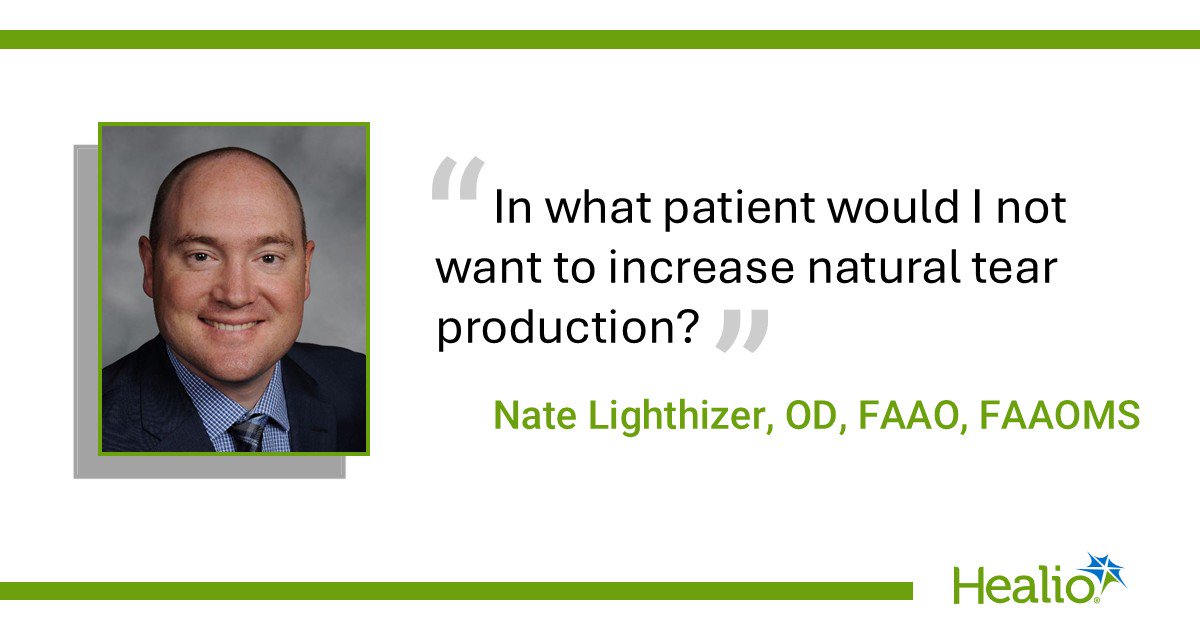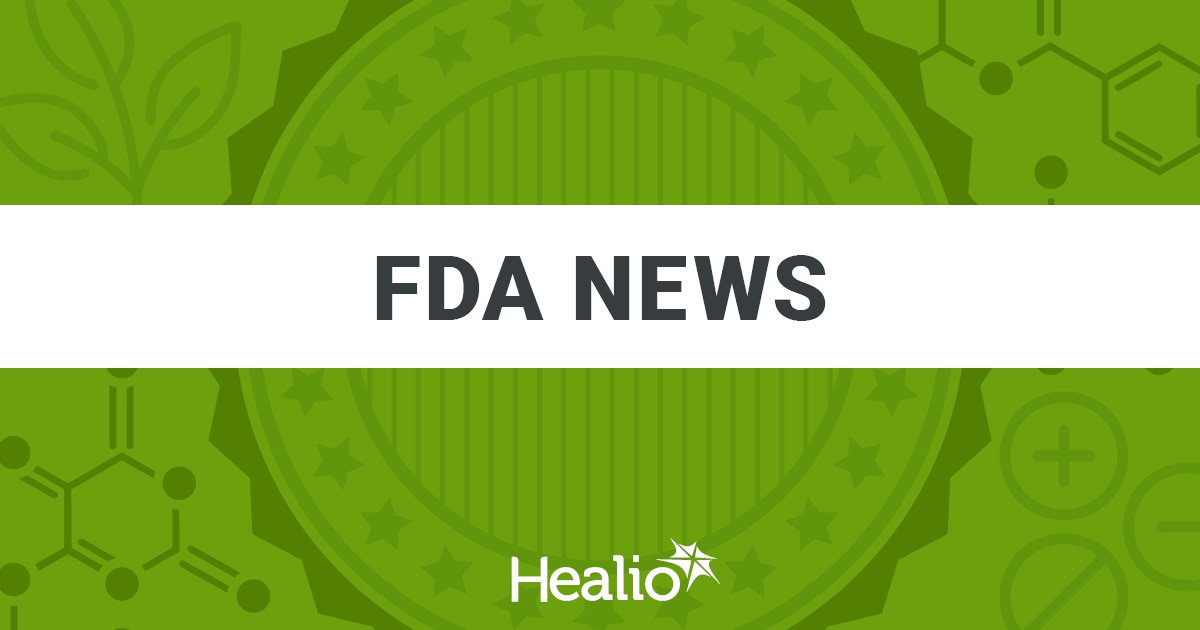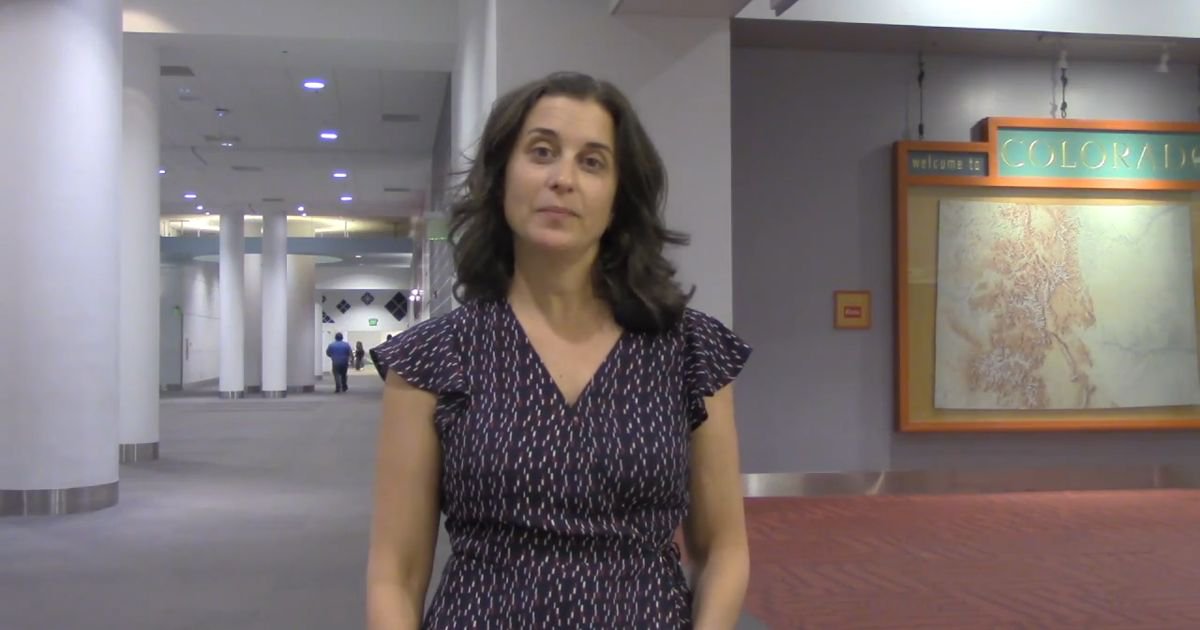August 08, 2025
6 min read
Key takeaways:
- The bill, if passed, will reauthorize public health and bio-preparedness workforce loan repayment programs.
- This could incentivize health care professionals to work in infectious diseases.
Bipartisan legislation that has been introduced to reauthorize loan repayment programs for some health care workers could entice more interest in a career in infectious diseases, experts said.
Last month, representatives Jason Crow (D-Colo.)Mariannette Miller-Meeks (R-Iowa), Lori Trahan (D-Mass.) and Brian Fitzpatrick (R-Pa.) introduced legislation to reauthorize the Public Health and Bio-Preparedness Workforce Loan Repayment Programs.

Data derived from IDSA.
In a press release supporting the bill, the Infectious Diseases Society of America said refunding the programs “will create new loan repayment programs for public health and infectious diseases, HIV and emergency preparedness health care professionals who work in health shortage areas — providing a much-needed financial incentive to encourage individuals to pursue careers in public health and ID.”
“Unfortunately, many patients substantially struggle to access ID physician care as nearly 80% of U.S. counties do not have a single ID physician. With only half of ID training programs filling their positions in the past 2 years, we continue to face a serious recruitment shortfall,” IDSA president Tina Tan, MD, FIDSA, FPIDS, FAAP, said in the press release.
We spoke with Amanda Jezek, senior vice president of public policy and government relations at IDSA, about the bill and what else can be done to bolster the ID workforce.
Healio: What is the bill?
Jezek: This is a bill that would reauthorize two programs that currently exist but have not yet been funded. The first program is the Public Health Workforce Loan Repayment Program and then the second is the Bio Preparedness Workforce Pilot Program.
Healio: What would these programs do?
Jezek: Both of these programs are intended to incentivize people to go into really critical parts of the workforce and to work in the areas where they are most needed. So, the first one would provide up to 3 years of student loan repayment for individuals who work in a state or local health department — and this is really aimed at trying to strengthen that state and local public health capacity for our routine needs such as respiratory virus season and various ongoing public health needs, as well as be prepared and able to respond to future outbreaks, emerging threats and pandemics.
The second piece is really focused on making sure that there are good partners within health care facilities, because we know we need people in public health departments and people in health care facilities to address both ongoing and emerging ID needs. The Bio-Preparedness Workforce Pilot Program would incentivize health care professionals to specialize in ID or emergency preparedness — and when I say health care professionals, that can be physicians, nurse practitioners, physicians assistants, pharmacists, clinical lab personnel and infection preventionists, so really looking at that whole ID team. This would incentivize health care professionals to work in ID or emergency preparedness and to work in a health professional shortage area, a medically underserved community or a federal facility such as a Veterans Affairs (VA) hospital, VA clinic, community health center or Ryan White clinic by offering up to 3 years of student loan repayment.
We know that we have recruitment challenges in the field of ID that are much more pronounced than what we see in most other medical specialties, and those shortages are even more challenging in those areas that have already been designated as “health professional shortage areas” and medically underserved communities. So, this is really trying to help make it more financially feasible for people to go into the field of ID and be able to work in the areas where those specialists are most needed.
Healio: What kind of support does the bill have right now?
Jezek: It is very bipartisan. It was introduced by two Republicans and two Democrats in the House. That same group of four representatives has been working to try to get funding for the programs for the last couple of years and they got several dozen other representatives to support that effort.
In the Senate, the bill has not been introduced yet, but we hope that that will be coming soon.
We think there is good bipartisan support, it’s just a matter of finding the funding in a very tight budget environment and finding the ability to move larger packages forward where this type of thing could be included.
Healio: What do you think the chances are that it gets passed and signed?
Jezek: This year has just been unusual in a number of ways. There are so many changes happening throughout the federal government that I think have made it a little bit harder to advance more routine measures such as this. That said, there are a number of other health professional programs that are up for reauthorization this year and there’s definitely interest in Congress in moving a package forward in which we hope something like this could be included. So, at this point, I would say we’re cautiously optimistic but recognize that the bigger environment — which is in no way related to this bill — impacts the ability for anything to move forward. The larger environment has been very hectic this year.
Healio: Do you think that this bill is enough to help fill these training programs and make specialists more accessible? If not, what more do you think can be done?
Jezek: I think this is one important step. I don’t think that with a challenge this large and complex, that there is any one silver bullet. We need a number of different things.
We do know one big challenge for people entering the field is the fact that people come out of medical school with a lot of debt, and ID is one of the lowest paid specialties. What I think a program like this will do is help tip the scales for those residents who say, “Gosh, I love ID. I’d love to go into ID, but I have to pay back my loans.”
Does that mean it’s going to make every fellowship program fill? Probably not. But if this can help us get a few more, that is absolutely a huge step in the right direction. Typically, with a program like this, that first amount of funding is the most challenging, and then you’re able to sustain it and grow it year after year, so, we’re just excited to be able to get started.
In terms of other things, I look at two buckets. First is: What do we need to do to further address the financial hardships to entering the field? Second is: What are some of the nonfinancial things that we need to do?
So, on the financial side, we were able to get CMS to implement a new ID inpatient add-on code just at the beginning of this year that ID clinicians can utilize when they are taking care of particularly complex patients and having to do work that is not covered by the traditional evaluation and management codes. That can help boost reimbursement for ID physicians and really make the specialty more financially feasible. We’re doing a lot of work at IDSA to help make sure that current ID physicians know about this code and are using it wherever appropriate. We hope that the news about this improved reimbursement will help trickle down to residents and medical students and help change the narrative about compensation for this specialty.
We also have a whole host of tools for IDSA members to really help them negotiate for the best possible compensation because, again, we know that we do need to reduce the financial hurdles to entering the field but we also know money is not the only thing, so we also do a lot of work to help make sure that medical students and residents understand what an incredibly dynamic and rewarding specialty ID is. I think you can talk to anyone in this field and within 30 seconds, you will see how much they love it and why they love it. It is a field that allows you to do so many different types of things. It is so diverse and very unique in that way. We really want to make sure that medical students and residents have sufficient exposure to ID and have the opportunity to get really good ID mentors. That’s been another area of focus for us.
The last thing I would say is making sure we’re doing a lot of work to advocate for NIH funding — specifically, NIAID funding to make sure that there are resources available to train the next generation of ID physicians and ID physician scientists, and so that people who want to pursue a more research-focused track in this field will be able to see that there is going to be financial support for that.
Reference:
For more information:
Amanda Jezek can be reached at idsa@MessagePartnersPR.com.










